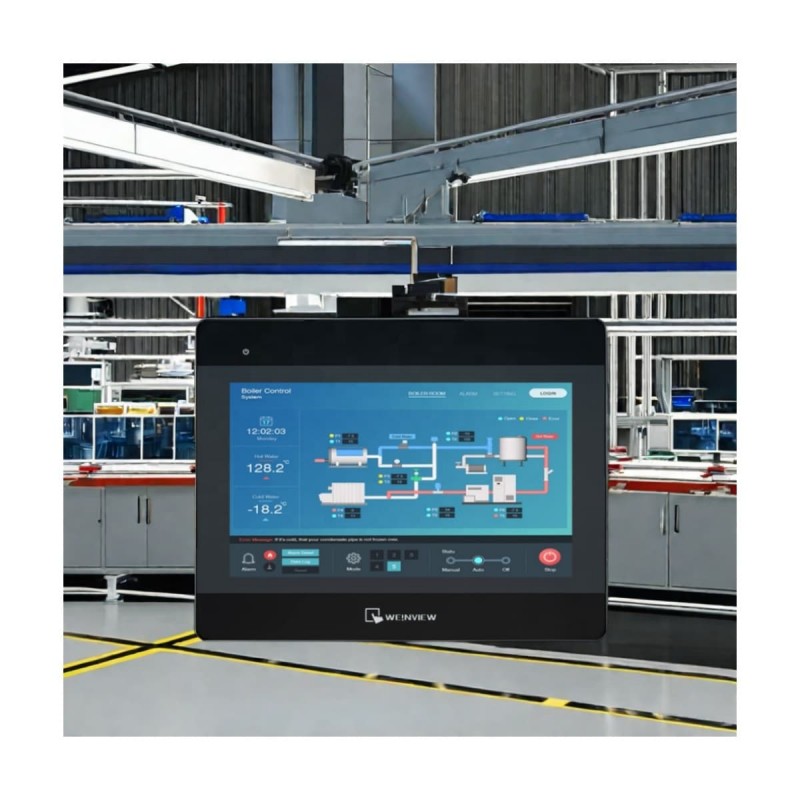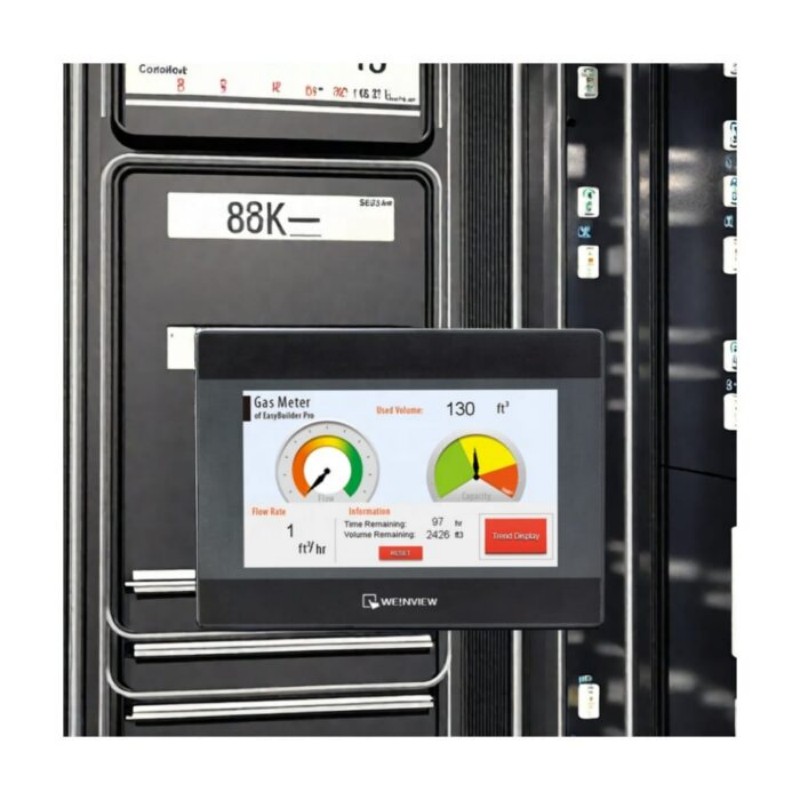In the bustling floor of a modern electronics factory, production never stops. Conveyor belts hum, robotic arms move with precision, and operators constantly monitor dozens of processes simultaneously. Behind this seamless operation lies an often-overlooked hero: the human machine interface (HMI). Specifically, HMI touch panels have transformed how operators interact with complex machinery, providing instant feedback, real-time control, and an intuitive interface that even first-time users can master.
Selecting the right industrial HMI panel is not just about picking a device off the shelf—it can determine the efficiency, safety, and adaptability of your entire production line. In this guide, we explore the key factors every manufacturer should consider when investing in a touch screen HMI or HMI control panel, and how these considerations translate into real-world benefits.
Real-World Consideration #1: Screen Size and Usability
Imagine an operator needing to monitor dozens of temperature sensors simultaneously. A tiny, low-resolution HMI touch panel can slow response times and increase errors. Modern industrial HMI panels come with high-resolution displays and customizable dashboards, allowing operators to see critical data at a glance. Human machine interface design is crucial here—the more intuitive the layout, the fewer mistakes under pressure.
Real-World Consideration #2: Integration with Existing Systems
A major automotive parts manufacturer recently upgraded its assembly line using a touch screen HMI integrated with existing PLC controllers. The result? Reduced downtime by 20% and real-time fault detection that prevented costly defects. When evaluating HMI control panels, manufacturers should ask: does this system integrate seamlessly with our current industrial PLC setup? Can it communicate with SCADA or other monitoring systems without complex reprogramming?
Real-World Consideration #3: Durability in Harsh Environments
Factories are not always clean, quiet, or temperate. Dust, humidity, temperature extremes, and vibration can all affect equipment. A reliable HMI touch panel is designed for these conditions, with appropriate IP ratings, shock resistance, and thermal tolerance. Choosing an industrial-grade human machine interface ensures consistent operation, even in the harshest production environments.
Real-World Consideration #4: Customization and Long-Term Value
No two production lines are identical. A one-size-fits-all industrial HMI panel may not meet your specific needs. Modern HMI touch panels allow custom layouts, programmable alarms, and multi-user access levels. Investing in a customizable HMI control panel may have a higher upfront cost but delivers long-term efficiency, fewer errors, and faster onboarding for new staff.
Real-World Consideration #5: Support, Updates, and Lifecycle
Even the best touch screen HMI needs support. Reliable vendors offer software updates, troubleshooting, and lifecycle management. Choosing an industrial HMI panel with strong support ensures your factory keeps running smoothly, minimizing downtime and maximizing ROI.
Conclusion:
The right HMI touch panel does more than display information—it empowers operators, streamlines complex processes, and ensures manufacturing reliability. By considering usability, integration, durability, customization, and vendor support, companies can choose industrial HMI panels and HMI control panels that drive efficiency, safety, and long-term value in their production lines.



